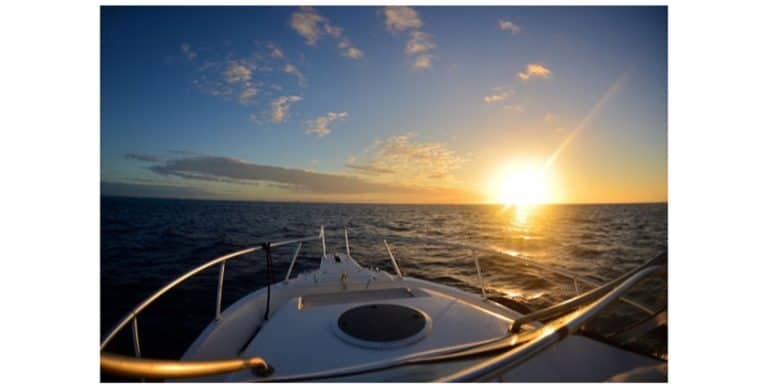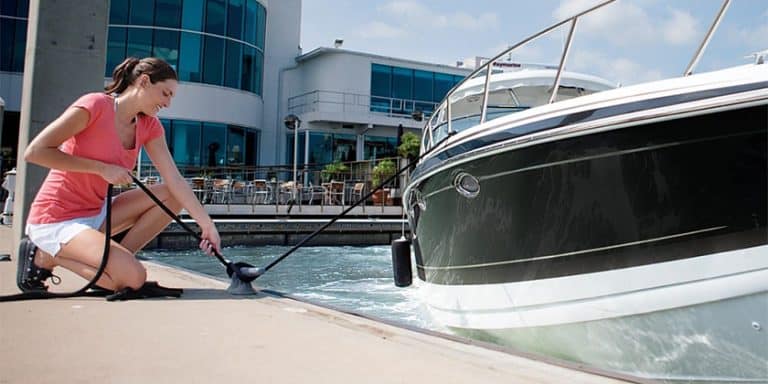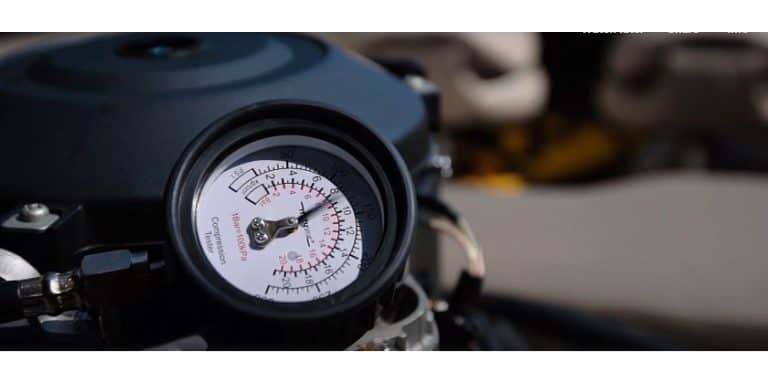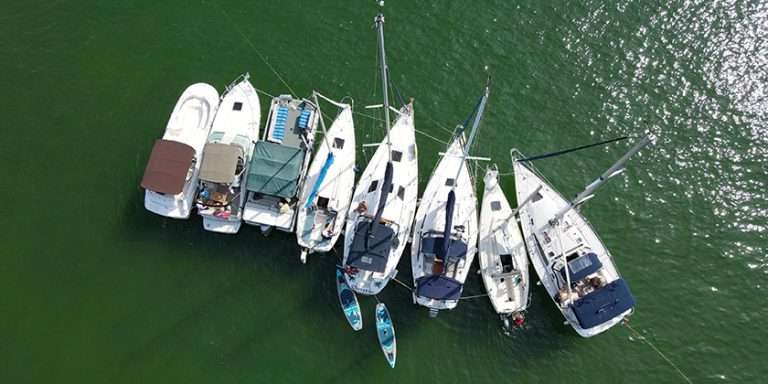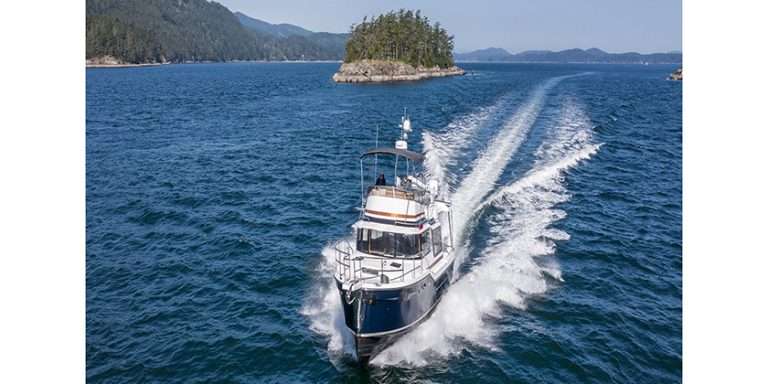Five Common Questions About Proportional Speed Control Bow & Stern Thrusters
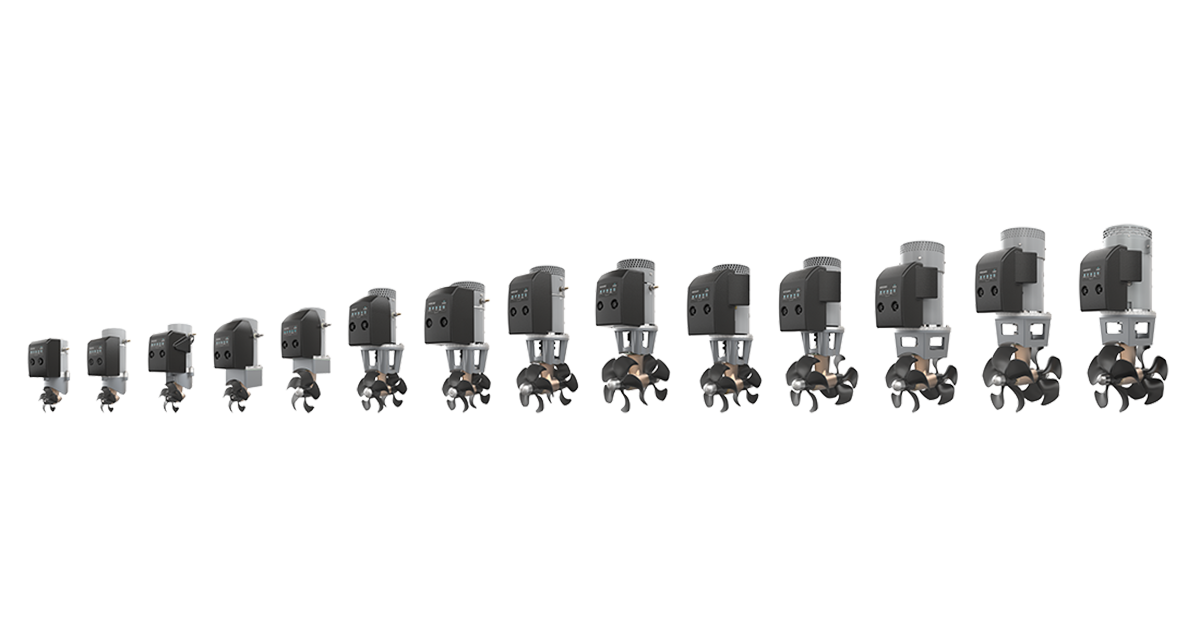
Sponsored Content:
Oct 12, 2023
Most electric motors we use in our daily lives operate at whatever speed we choose. Yet DC-powered bow and stern thrusters long ran at two speeds only—on and off. That changed when Sleipner (Side-Power) introduced its Proportional Power Controller (PPC) in 2011, which won the NMMA Innovation Award the same year. Since then, the recreational marine market has increasingly shifted to this style of control, other manufacturers have developed their own versions, and many owners have taken advantage of the relative ease of upgrading from on-off control to variable speed. Here are some of the most frequently asked questions on the topic.
What are the advantages of proportional speed control of your thrusters?
There are several, but perhaps the most valuable is the fact that you can control your docking maneuvers better, applying just the right amount of thrust rather than dealing with all or nothing.
For all those aboard the boat, as well as others across the marina, one of the main advantages is the bow thruster noise level. Operating at full power, on-off thrusters may generate significant noise from the motor and the turbulent water moving in and out of the tunnel.
A third advantage, valued by the captain in particular, is the longer run times that proportional speed control allows. Many on-off thrusters generate quite a bit of heat and if they are run too long, they’ll automatically shut down to prevent overheating, sometimes at inconvenient moments and without any warning. Sleipner’s newest line of thrusters, E-Series, offer industry-leading run times thanks to state-of-the-art cooling technology built into the highly efficient motors.

What’s involved in upgrading to proportional control thrusters?
There are three components to install in a proportional control upgrade, which could be an upgrade to an on-off thruster made by Sleipner or another brand.
The first is a PPC unit, which controls the speed of the motor. The second is the S-Link control circuit, which is a CAN bus allowing full intelligent communication between the components of the thruster system, much like a computer network. The third is the joystick control device used by the operator.
What does the proportional control upgrade cost?
Upgrading an on-off thruster to Sleipner (Side-Power) Proportional Control costs approximately $3000 to $3500 for the equipment per thruster. Labor costs for changing the control system to S-Link and re-installing the thruster motors, are extra and vary depending on the yard or marina. The upgrade can also be done with the boat in the water.
How common are proportional speed control thrusters?
Since the 2011 introduction of Sleipner’s PPC, more and more builders have offered it as an option on new boats. Back Cove Yachts was one of the first adopters, and they sell more proportional control thrusters than on-off thrusters now. As you’d expect, other thruster manufacturers including Vetus & Quick have recently developed their own versions of variable-speed controllers. In the meantime, Sleipner has filled out its DC-powered product range to the point of offering 140 models that can be offered with proportional speed control.
Do Sleipner proportional controllers have any special features?
Proportional Joystick Controllers (PJC) have LCD screens that track the amount and direction of thrust being generated, plus battery status and run-time. Another popular development is a HOLD function that allows the captain to dock singlehandedly, putting the boat side-to against the dock and then stepping off to handle the dock lines.
For Further Information click here.

